Batticaloa District is one of the 25 districts of Sri Lanka, the second level administrative division of the country. The district is administered by a District Secretariat headed by a District Secretary (previously known as a Government Agent) appointed by the central government of Sri Lanka. The capital of the district is the city of Batticaloa. Ampara District was carved out of the southern part of Batticaloa District in April 1961.
Batticaloa
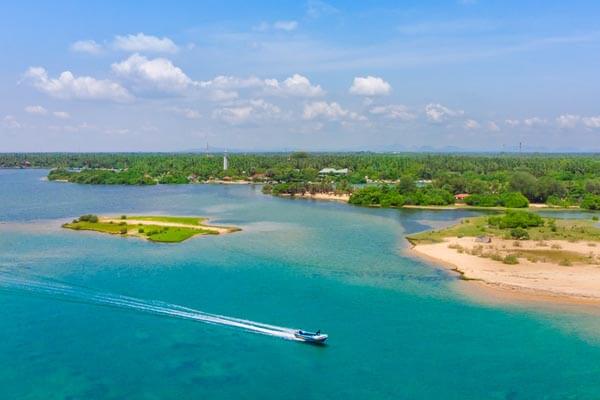
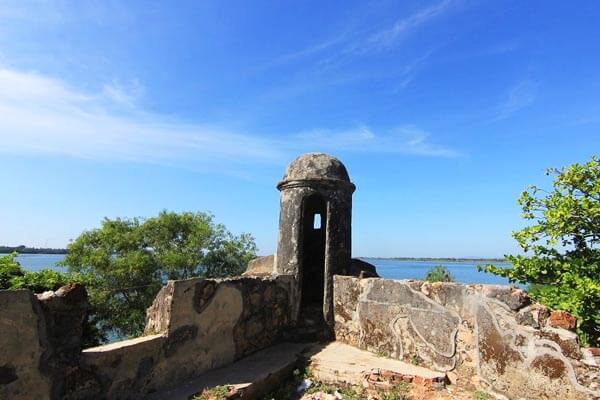
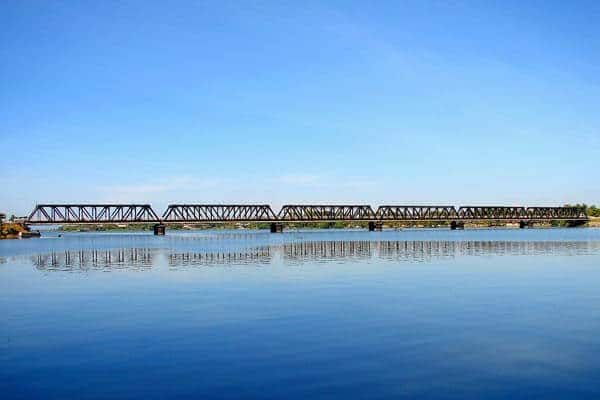
Popularly known as “Batti”, the town of Batticoloa was out of bounds to visitors during the Civil War, when it was the site of violent strife as the Sri Lankan Army and the LTTE fought each other. These skirmishes resulted in widespread destruction and loss of life, and Batticoloa was left a shell. It is only since 2007 that the town has started attracting visitors once again with its beaches and Colonial relics.
A walk around the old part of Batticaloa is a way good to see the town’s attraction’s, with side streets leading to Colonial buildings, busy shops and local eateries or quiet corners of green. Surrounded on three sides by the large Batticaloa Lagoon, the old town is accessed by a bridge running south from the town centre. Watching the fishermen cast nets in the lagoon here is one of the most picturesque sights visitors will see in Sri Lanka.
The Old Dutch Fortis the town’s main attraction. The fort is entered via Court House Road and it is possible to explore most of the area within on foot. Originally built by the Portuguese in 1628, the fort was captured by the Dutch 10 years later and was subsequently rebuilt. Inside, the central courtyard contains government and NGO offices as well as a museum with Colonial-era artifacts. Flanked by two old cannons, the gate on the eastern side of the fort overlooks the lagoon. A few minutes northwest of the fort is the clock tower where stands the statue of a boy scout, commemorating 80 years of the Scout Movement that was founded by Lord Robert Baden Powell. Nearby is the market, which is best visited in the morning or evening when the catch of the day can be seen.
South of the clock tower are some attractive Colonial buildings. Among these is St Michael’s college, which is one of the largest schools in the Eastern Province. It was founded in 1873 by Reverend Fredinand Bonnel and was privately run until the 1970’s. Directly opposite stands St Mary’s Cathedral, with a powder-blue Neo-Classical exterior. The building was damaged by a cyclone in the 1970’s, after which it was repaired, but underwent further restoration work in the late 1980s and 90s. It was also where Tamil politician Joseph Pararajasingham was assassinated during Midnight Mass in 2005.
The Singing Fish of Batticaloa
The stretch of the Batticaloa Lagoon under the Kallady Bridge is believed to be home to Batticaloa’s singing fish. Between April and September, around the time of the full moon, the fish are said to make noises that are described as the twanging of a violin string or a “multitude of tiny sounds”. It is possible to hire a fisherman for a boat trip at night to listen to the sounds. Some people claim that if an oar is dipped into the water and the other end is held to the ear it makes the sound clearer, although it is said the noises have grown fainter over the years. There have been a number of theories to explain the strange sounds, ranging from courting mussels to the movement of water at the bottom of the lagoon.
Pasikudah and Kalkudah
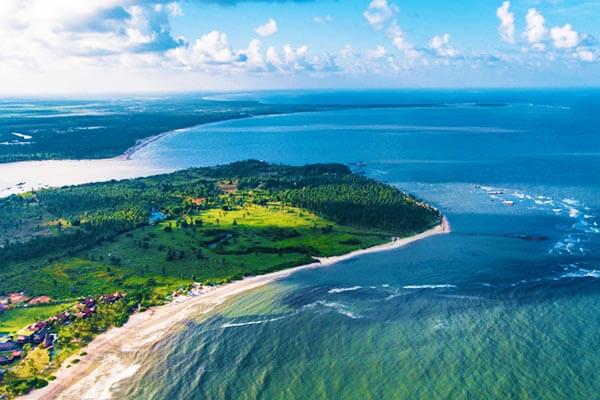
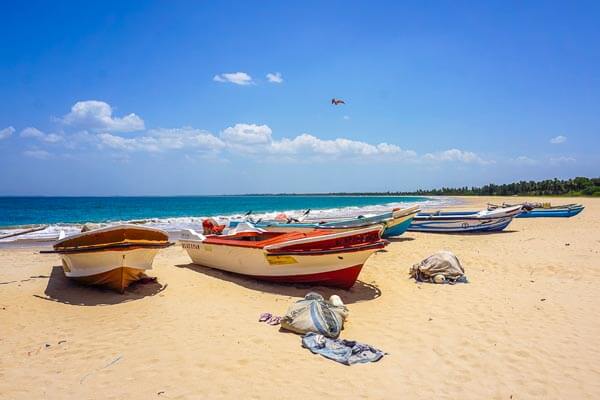
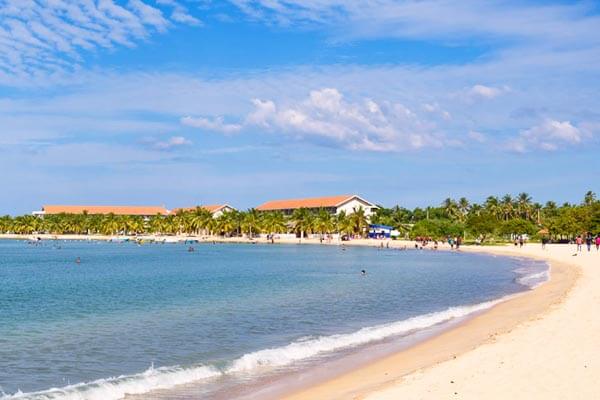
Before the Civil War, the beaches of Pasikudah and Kalkudah along the East Coast of Sri Lanka were a huge draw for tourists. But the devastation during the war and the tsunami in 2004 scarred he landscape and visitors all but stopped coming here. However, the beaches are still considered to be attractive spots with white sand, clear blue water and fishing boats in the bay.
The shallow waters of the Pasikudah Bay are popular with families. In recent years, efforts have been made to develop the infrastructure at the beaches, especially at Pasikudah, which is now home to the superb Mallu Mallu beach resort. Due to the developmental work in progress, visitors may be confronted with building activity here instead of peace and quiet. Kalkudah Beach, by contrast, is a relatively unspoiled stretch of golden sand packed by palms. Be aware that the sea at Kalkudah is deeper and can be rough at times.
Batticaloa District is one of the 25 districts of Sri Lanka, the second level administrative division of the country. The district is administered by a District Secretariat headed by a District Secretary appointed by the central government of Sri Lanka. The capital of the district is the city of Batticaloa.
